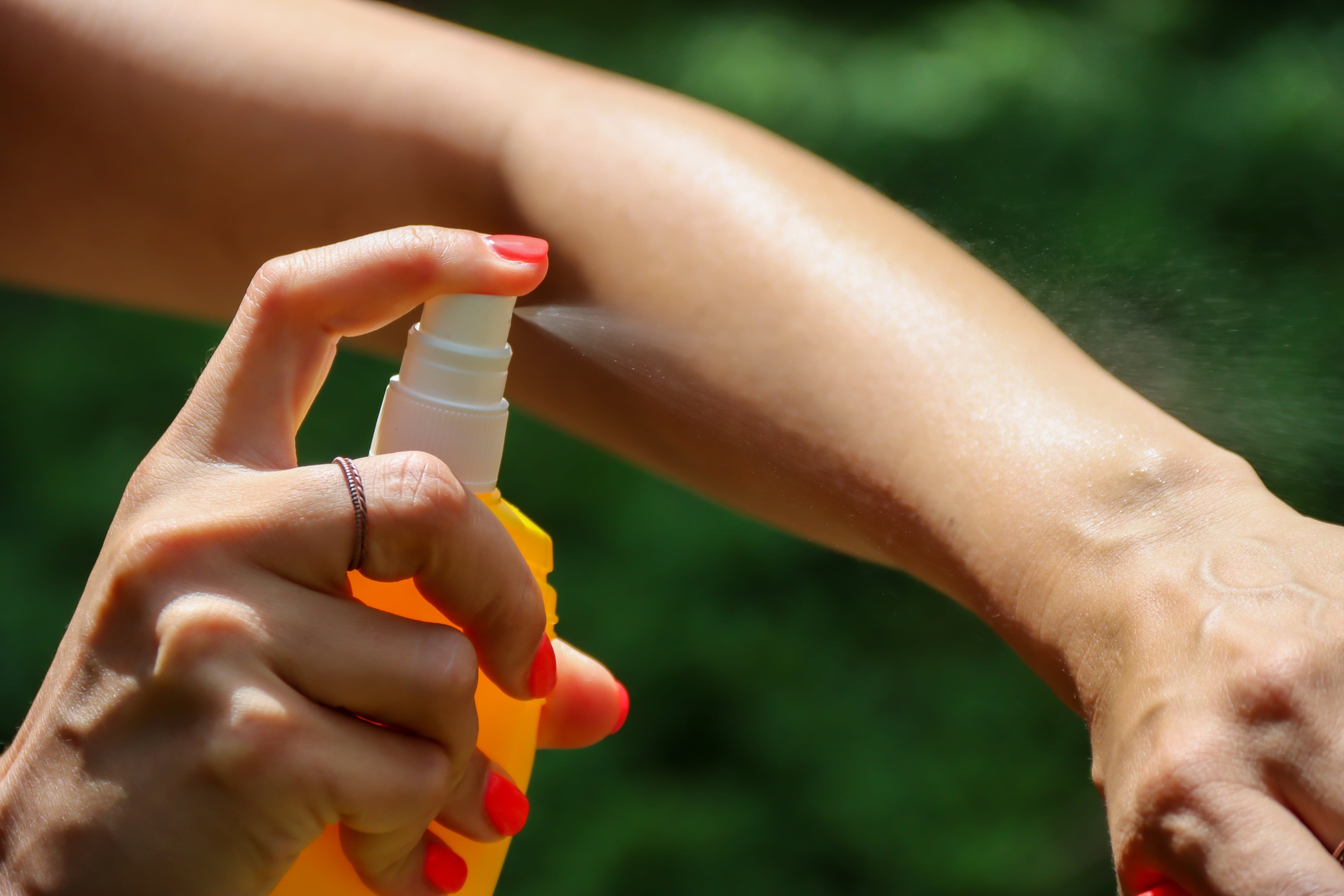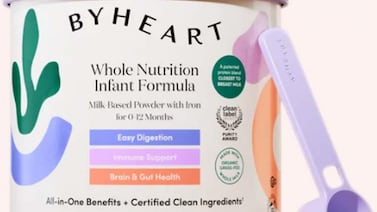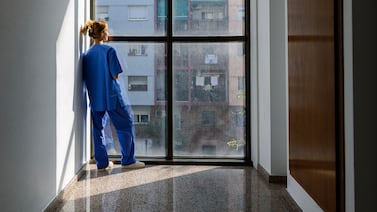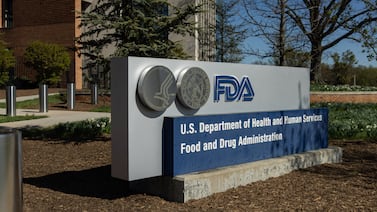This article originally appeared at Your Local Epidemiologist New York. Sign up for the YLE NY newsletter here. Public health, explained: Sign up to receive Healthbeat’s free New York City newsletter here.
Warm weather is finally here in New York, and it’s the perfect time to get outside. But we’re not the only ones enjoying the sun — mosquitoes, ticks, and pollen are becoming more active, too. A little awareness goes a long way in staying healthy while soaking up the warmer days ahead. But first, some good news.
Good news: New York will provide school meals for all kids
New York just became the ninth state to pass universal school meals. Starting in the fall, 2.7 million students across New York state will receive free breakfast and lunch each day at school. This is an incredible public health victory, propelled by a silver lining of the pandemic: increased knowledge of the importance of school meals for children.

As early as 2015, hundreds of New York City schools began giving free meals to all students, regardless of socioeconomic status. A 2021 study by the Urban Institute found that New York City students who qualified for free or reduced-price meals were more willing to participate in school meals once their school implemented free meals for all, and that there was less bullying and fighting schoolwide. Free school meals for all reduced the stigma and had positive effects for all students, regardless of their socioeconomic status.
This new statewide initiative will open the doors for students across the state and ensure that no kid goes hungry while at school.
Mosquitoes: Why to avoid them and how
From now until roughly November, when temperatures drop, we can expect mosquitoes to hang around. This month, New York City started treating standing water for mosquito larvae, which helps reduce the mosquito population and disease risk. Spraying usually happens later in the summer when mosquitoes are even more active. (We’ll update you when that’s scheduled.)
Most mosquitoes do not carry pathogens that can hurt us. Among those that do, the most common is West Nile Virus. In 2024, 100 human WNV cases were reported across New York state, including in New York City. While most people who get WNV won’t show symptoms, it can be more dangerous for those over 60 years old or who have immunocompromising conditions.
The best thing you can do is avoid mosquito bites:
- Wear EPA-approved mosquito repellent outside, especially during peak mosquito activity time: dawn and dusk. If you are using sunscreen, apply sunscreen first and insect repellent second.
- Avoid being outside when mosquitoes are most active (the morning and evening)—but this can be really hard.
- If it’s not too hot, long sleeves and long pants can protect against bites.
- Dump standing water (think flower/plant saucers, buckets, fountains, toys that have been sitting outside, etc.) to eliminate mosquito habitats.
Ticks: Why to avoid them and how
We are in peak tick season in the Northeast, and this season is looking worse than last.
In New York, black-legged ticks (aka deer ticks) are the most common carriers of pathogens. These tiny ticks can transmit Lyme disease and other infections. Cases typically rise in the warmer months, especially from May through August, when ticks are most active.
Lyme disease is the most common tickborne illness in the United States — and New York reports some of the highest numbers in the country with more than 9,000 cases annually. Symptoms usually start with fever, fatigue, and a bullseye rash, though not everyone gets the rash or can see it if skin is darker — thanks, PHunkle, for highlighting this diagnosis challenge!
While rural areas like the Finger Lakes and Central New York have long been hotspots, ticks are increasingly found in parks and green spaces across all five New York City boroughs. Even city dwellers aren’t immune.
Protecting yourself and family means avoiding ticks:
- Use repellent that contains 20% or more DEET, picaridin, or IR3535 on exposed skin.
- Treat clothing and gear with products containing 0.5% permethrin.
- Walk in the center of trails and avoid brushing against tall plants.
- Do tick checks after spending time outdoors. For kids, especially check under arms, in and around ears, in the belly button, and in their hair.
- Toss your clothes in a hot dryer for 10 minutes to kill any hidden hitchhikers.
- Treat dogs for ticks. Dogs are very susceptible to tick bites and may also bring ticks into your home.
If you find a tick attached to your skin, remove it promptly with tweezers and monitor for symptoms. Early treatment is key to preventing severe illness.
New York pollen: high
Pollen has struck me this week, and my nose is like a mini Niagara Falls. 🤧🌊 The data confirm what my nose tells me — New York pollen counts are high or medium-high throughout the state this week.
Allergies are a nuisance, but they can also be dangerous for those with asthma. In New York City, emergency department visits for asthma spike when pollen counts increase.
About 1 in 12 children in New York and an additional 1.5 million adults have asthma. For those with asthma, tracking pollen levels and reducing exposure can help with prevention. Talking with your provider about managing asthma symptoms during allergy season is also a good idea.
Dr. Zachary Rubin, an allergist and immunologist, has a helpful post on managing and dealing with allergies.
Bottom line
You’re all caught up! And a belated happy Mother’s Day to all the moms out there — you are deeply appreciated. My own mom, a public school science teacher, inspired my love of science and health, and her unwavering support carried me through. Thanks, Mom!
Love,
Your NY Epi
Dr. Marisa Donnelly, PhD, is an epidemiologist, science communicator, and public health advocate. She specializes in infectious diseases, outbreak response, and emerging health threats. She has led multiple outbreak investigations at the California Department of Public Health and served as an Epidemic Intelligence Service Officer at the Centers for Disease Control and Prevention. Donnelly is also an epidemiologist at Biobot Analytics, where she works at the forefront of wastewater-based disease surveillance.







